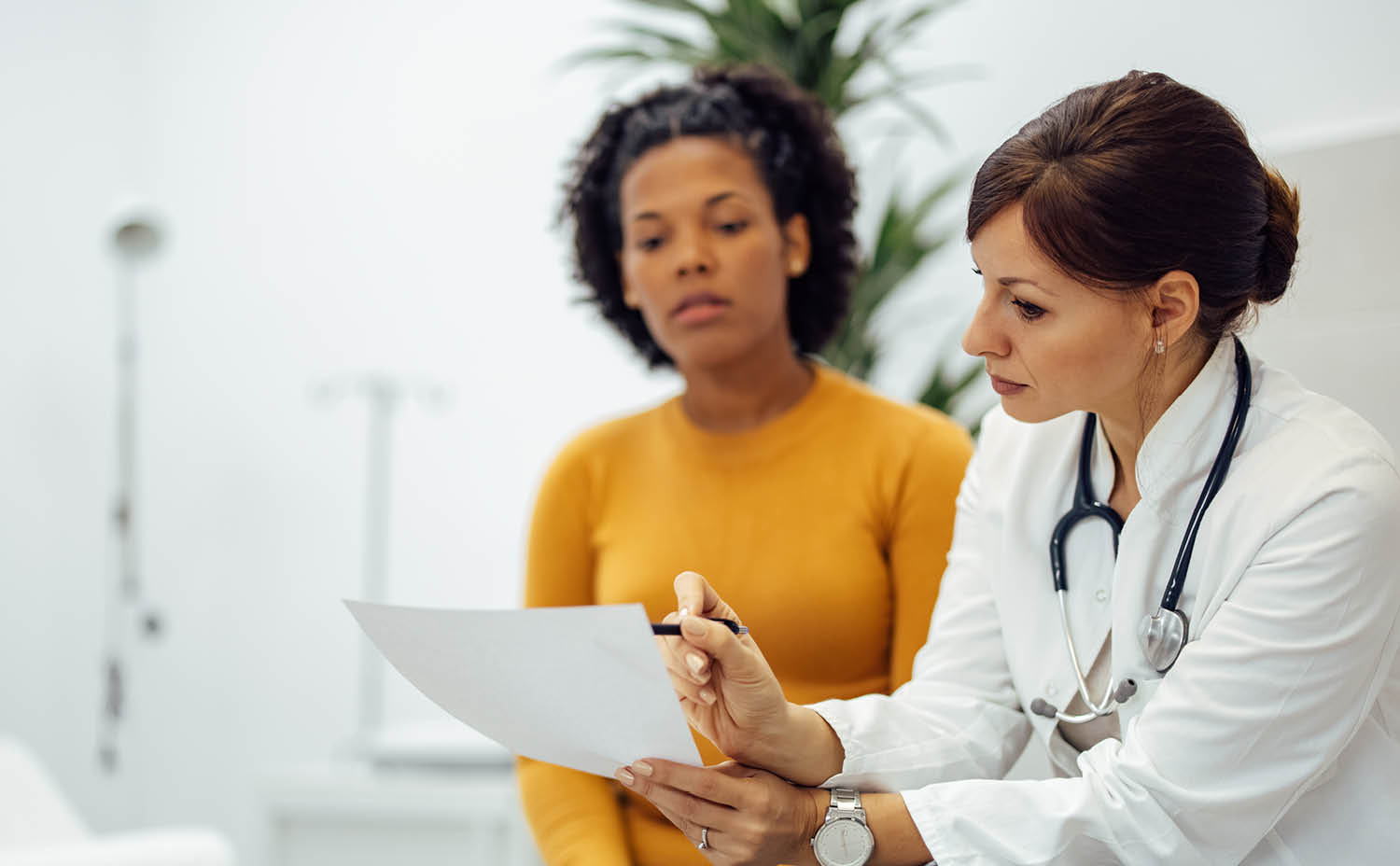Medically reviewed by Dr. Jordan Pinsker, Vice President & Medical Director, Tandem Diabetes Care.
Hypoglycemia, or low blood sugar, can feel scary for a person living with diabetes, as well as any loved ones or caretakers nearby. A severe low blood sugar can result in seizures, loss of consciousness, or even death.
What is Low Blood Sugar?
When the body absorbs food, blood sugar goes up and the pancreas secretes the hormone insulin so the food can be digested and converted into energy. However, if blood sugar (or glucose) drops too low, the body tells the liver to release a type of sugar called glycogen, which is designed to help restore balance when the body perceives a problem.
For people who aren’t living with diabetes, this release of glycogen from the liver naturally occurs without them ever realizing it. However, for people living with diabetes, the body’s response to hypoglycemia (low blood sugar) is impaired.
Eventually, and sometimes on delay, the glycogen will release from the liver and the person with diabetes will experience hyperglycemia — or high blood sugar. This rebound impact of hypoglycemia, followed by hyperglycemia, doesn’t feel very good and can make the person feel tired and worn out.
“It is not just high blood sugars and lack of insulin that people with type 1 diabetes have to deal with,” said Dr. Jordan Pinsker, Vice President and Medical Director for Tandem Diabetes Care who is also a leading endocrinologist. “Many people do not realize that even shortly after the diagnosis of type 1 diabetes is made, the cell signaling that the body uses to raise blood sugar is also not always working correctly. This makes it even harder to respond to a low blood sugar.”
Low blood sugar can be caused by several factors, including too much insulin, unplanned increased activity, not eating, or a sudden change in hormones.
What are the Symptoms of Low Blood Sugar?
Please Note: The following symptoms may not be an indication of hypoglycemia for all individuals. Please consult a healthcare professional for further information.
It's important to recognize the signs and symptoms of blood sugar dropping quickly. These symptoms could include:
- Shaking
- Hunger
- Anxiety
- Confusion
- Irritability
- Sweating
- An accelerated heartbeat
When someone experiences a low blood sugar (usually defined as a blood sugar less than 70 mg/dL), their brain tells their body they need to eat. The tendency to eat until we feel well may fix the low blood sugar, but it may also be too much of a sugar intake that will require additional insulin later. This is why it’s important to be aware of carbohydrate intake.

How Do You Treat Low Blood Sugar?
A popular method for treating low blood sugar is to follow the “Rule of 15.” This is when a person experiencing low blood glucose eats 15 grams of carbohydrates, then waits for 15 minutes for their glucose to rise.
These 15 minutes can feel impossibly long, but it’s important to be as patient as possible to see if the initial intake of 15 grams of carbohydrates is working.
If glucose levels have not come up in the initial 15 minutes, the person should consume 15 more grams of carbohydrates and repeat the process.
If they are using a continuous glucose monitoring (CGM) system, they should remember that it can take a few more minutes for the interstitial glucose (glucose right under the skin) to reflect the glucose absorbed from the gastrointestinal tract. It is best to check a fingerstick in 15 minutes to confirm that glucose is rising, as the rise in glucose could be delayed on CGM.
When in doubt, use a fingerstick to verify glucose levels especially if the symptoms don’t match the CGM values.
Another way to treat low blood sugar is by using glucagon.
What is Glucagon?
Anyone prescribed insulin should also have a prescription for glucagon. Glucagon is a synthetic hormone that tells your liver to release glucose and can quickly raise glucose levels.
Glucagon is available in a nasal spray, as an intramuscular (IM) injection, or subcutaneous injection.
There are apps and websites available to help someone walk through the process of giving glucagon. Because severe hypoglycemia is an emergency, it is essential to understand how to properly administer glucagon.
“If you have type 1 diabetes or take insulin, someone close to you should be trained on how to give glucagon in case of an emergency,” said Dr. Pinsker. “This is an important part of a school plan as well.”
If someone has been diagnosed with diabetes and is taking insulin and does not have glucagon, it is important that they talk with their healthcare provider.
Unless otherwise noted, all medical information was provided by Jordan Pinsker, MD and Molly McElwee Malloy, RN, CDCES of Tandem Diabetes Care, Inc.